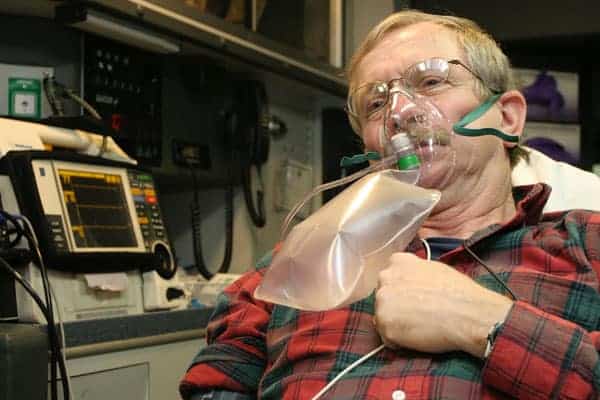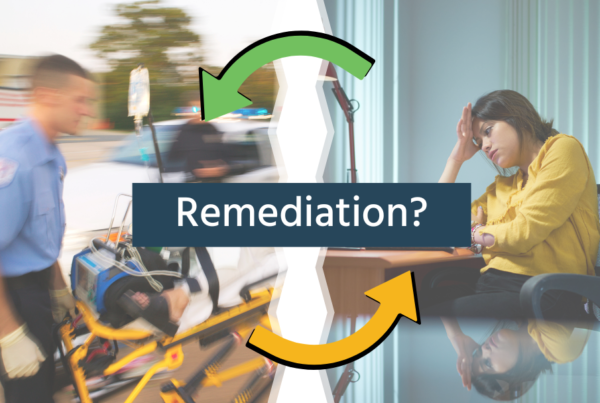By Dan Limmer
I’m continuing my quest to present relevant and insightful material across two classrooms simultaneously while also holding to a flipped/hybrid model. There are times I am incredibly excited at the potential. There are also times I believe Colonel George Custer may have had a plan like mine.
We’ve struggled because of delays in ordering and receiving the classroom textbook and completing the online quizzes each week. Students are required to read the chapters due each week and take the online quiz before each class session.
I have a three-week series of classes on cardiology that began this week. The schedule called for an introduction to cardiology and ECGs (some basic ECG rhythms are taught here in Maine at the AEMT level). I wanted to have students apply what they read in the chapter and perform some thinking and application at the same time.
Chest Pain Differential Diagnosis Exercise
You are called to a 64-year-old male patient who complains of chest pain/discomfort.
Use the patient above as the baseline patient. Then look at each of the different patients and potential causes of the chest pain/discomfort below. For each presentation, describe how you would expect the patient to present and how that presentation may or may not differ from the others listed.
- Acute coronary syndrome
- A diabetic patient with acute coronary syndrome
- A 78-year-old woman with acute coronary syndrome
- Pulmonary embolus
- Ascending aortic aneurysm
- Spontaneous pneumothorax
- GERD
- Pericarditis
- Rib or muscular injury to the chest wall

You’ll see that students had to look at chest pain/discomfort generally and then compare and contrast it to several different presentations. There were four groups of students. I rotated between groups and locations, so every group had to provide at least two answers. I was able to facilitate and add any signs and symptoms they missed. It is also the role of the educator/facilitator to provide insight and a between-the-lines translation and bridge from the book to field practice.
The students did well in the exercise. I am still looking to help guide them to better sources for their classroom research. Students find bullet lists of signs and symptoms on websites (as well as their text) and struggle to apply relevance. Each bullet appears to have equal strength and significance, yet in practice, some signs and symptoms are quite rare.
As you see, my quest to combine the flipped model and a hybrid remote model is still a work in progress. I believe application exercises such as this can still be done remotely, providing the same benefits as in the brick and mortar classroom.



If you start your patient assessment with the general question of is this a trauma or medical assessment, then determine it with a question of have you fallen in the last 10 days or had any injury to your chest? If its NO then move on to a medical assessment. You can then narrow it down with asking location of the pain, on whether its true chest pain or epigastric. Use a question to rule out the bullet points rather the a list of symptoms.